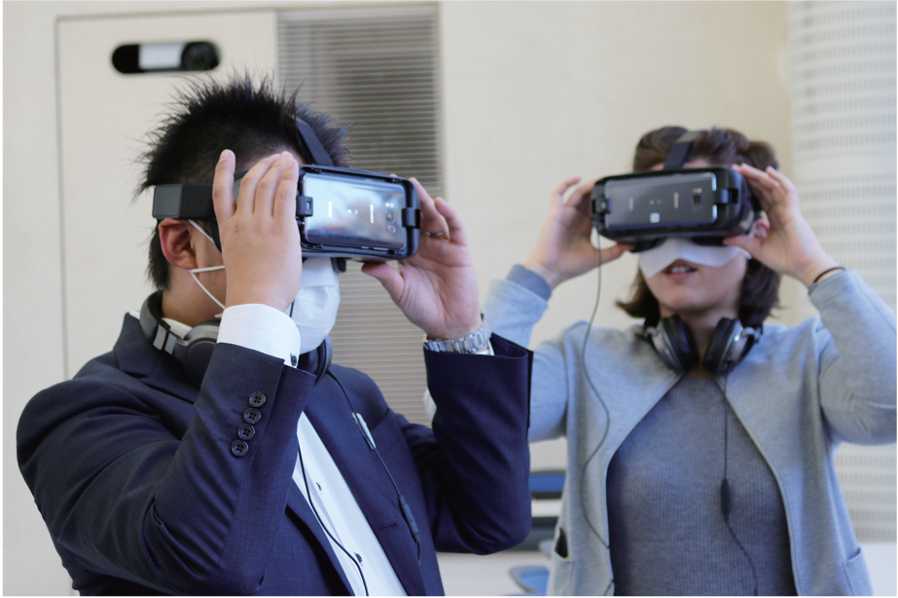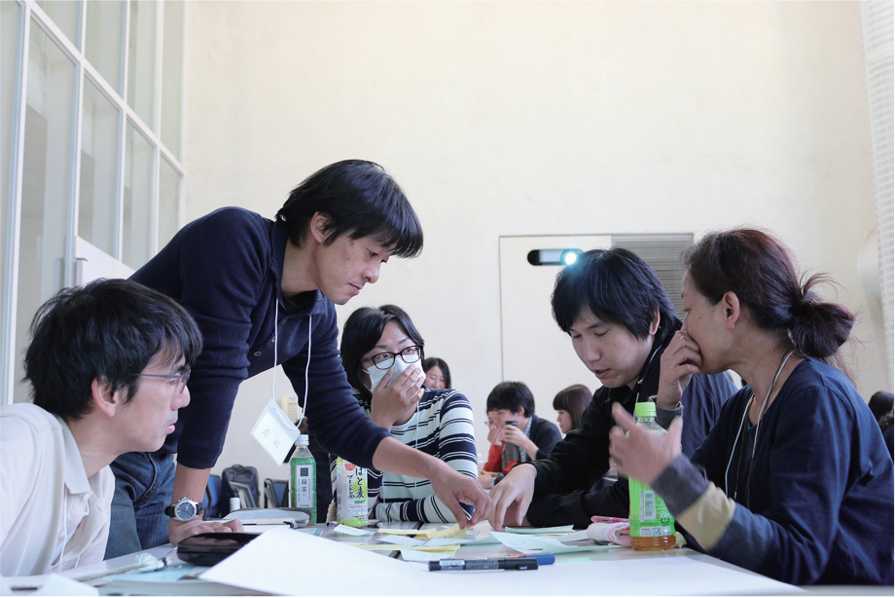Intervention in stigma of autism spectrum disorders as a workshop using the experience of simulated autistic perception and social contact
Masaki Tsujita, Miho Homma, Shin-ichiro Kumagaya, Yukie Nagai
Abstract
This protocol was made for an intervention in the stigma of ASD through an experience of simulated autistic visual perception and video-based social contact. The intervention is conducted as an experiential workshop for the ASD simulator. Participants voluntarily attend the workshop. In the workshop, they receive a short lecture on autistic perception, a simulated experience using the ASD simulator, a narrative video of individuals with ASD, and a group discussion. They complete the multidimensional attitudes scale, which was developed to measure four attitudes toward ASD: negative affect, calm, cognitions, and behaviors. The attitudes are measured three times: the period of registration with the workshop, during participation in the workshop, and six weeks after the workshop. With regard to the measure during participation in the workshop, attendees respond to the attitudes at the beginning or end of the workshop, to confirm whether attitudes changes are attributed to the effectiveness of the intervention or artifacts resulting from participation in the workshop.
Steps
Recruitment for participation
Workshop participants are recruited through web pages in a developmental disability portal site that a developmental disability support company manage or emails from a company’s mailing list, about 30 days before the workshop.
During recruitment, two adjacent days are announced as the workshop days. Participants are required to decide to participate in either of the two adjacent days.
The number of participants per day is approximately 30-50.
Pretest (online)
Participants respond to the following questionnaires via the Internet:
- Sociodemographic questionnaire: age, gender, and whether they interact with individuals with ASD in their daily lives
- Multidimensional Attitudes Scale (MAS)
Allocation
Two adjacent workshop days are randomly assigned to the beginning or end group.
Workshop
Reception
After confirmed reservation at the front desk, participants are taken to tables of 5-7 people.
Workshop period test (only beginning group participants)
Participants respond to the MAS using a paper-and-pencil test.
Short lecture
An instructor explains the ASD simulator and lecture on autistic perception to participants.
Experience of the ASD simulator
Participants experience autistic visual perception with a head-mounted display (the Samsung Gear VR into which the Samsung Galaxy S8 phone was inserted) and headphones.

They watch three videos of daily life scenes:
a. going from a dimly lit entrance room to light outside
b. waiting at a station platform where a rapid train passed through
c. having a meal in a crowded cafeteria.
The ASD simulator adds various atypical visual attributes to the videos in response to the videos’ original visual and auditory signals. The participants watch both original videos and videos with atypical visual attributes.

During the experience, participants can talk about the ASD simulator in each table.
Narrative video of individuals with ASD
The participants watch a video in which individuals with ASD narrated their atypical perceptions to have them feel and understand the reality of autistic perception.
The video comprises two components:
- Individuals with ASD narrated their hypersensitivity while walking around a downtown area and going into a coffee shop with an interviewer. In this part, it was also explained that their hypersensitivity leads to inattention to or unawareness of social information necessary for social interaction and communication.
- The video introduced practices to deal with hypersensitivity at a shopping center or a company hiring many individuals with ASD.
15m break
Group discussion
Participants discuss autistic perception with 5-7 attendees on the same table and one workshop staffmember. The workshop staff supports and facilitates active discussions. Participants share their feelings regarding the simulated experience and the narrative video and their plans for practices to relieve perceptual distress of individuals with ASD in their daily lives.
After discussion, one of the participants in each table speak to all about summary of discussion.

Workshop period test (only end group participants)
Participants respond to the MAS using a paper-and-pencil test.
Follow-up test (online)
Six weeks after participation in the workshop, participants respond to the MAS via the Internet.

